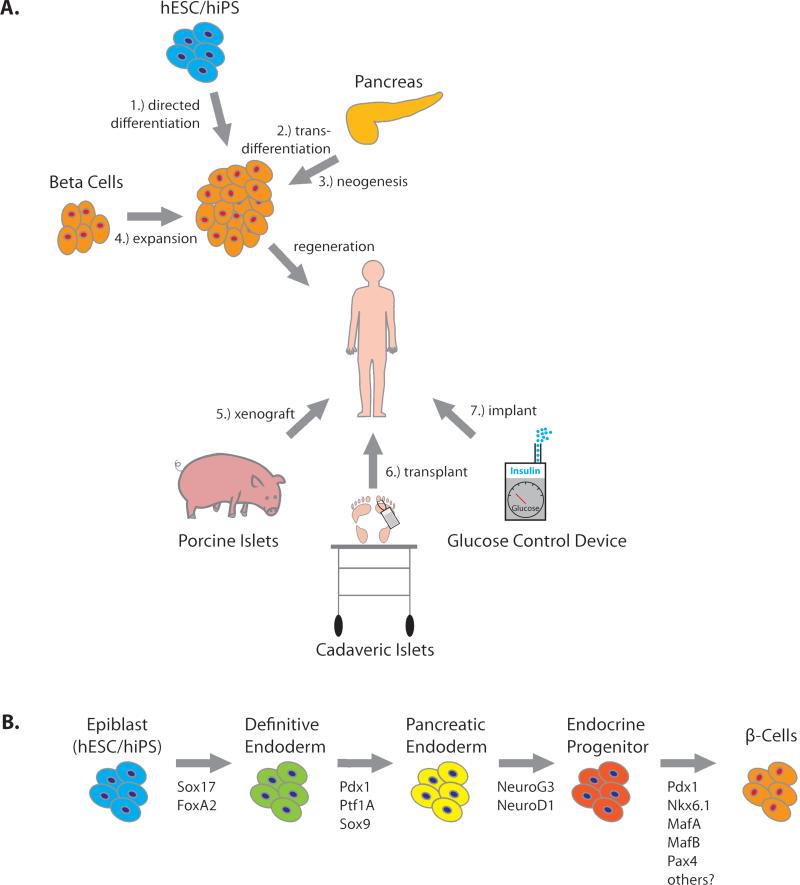Figure 1. Theoretical Sources of Insulin.
(A) Seven strategies for restoring insulin production. Current research focuses on four methods to restore insulin production through expansion of β-cell mass: 1) directed differentiation of β-cells from human stem cells (hESC or hiPS), 2) transdifferentiation of existing pancreatic cell types to a β-cell fate, 3) generation of new β-cells from existing progenitor cells in the mature pancreas (neogenesis), 4) expansion of β-cell mass from existing β-cell pools (in vitro or in vivo). Three additional strategies may restore insulin production: 5) xenogeneic transplantation, e.g., porcine islets, or 6) allogeneic cadaveric transplantation, and 7) Glucose control devices may be implanted into humans to restore euglycemia. (B) The β-cell differentiation pathway. β-Cell differentiation is directed by the temporally regulated expression of master-regulator transcription factors, shown beneath the arrows. Recapitulation of the normal differentiation pathway is used to direct stem cells toward a β-cell fate. Currently, the full complement of factors required to generate mature, glucose-responsive beta cells from insulin-positive endocrine progenitor cells are unknown.

